What are physical changes and chemical changes?

What is a physical only changes the way a substance looks while chemical changes in matter and substance
What is static electricity? What is human-harnessed electricity?
What is a Static electricity is when electric charge builds up on something, like when you rub a balloon on your hair. Human-harnessed electricity is the kind we use in homes and buildings, coming from power plants and wires.
What are two examples of constructive processes and two examples of destructive processes that shape Earth's surface?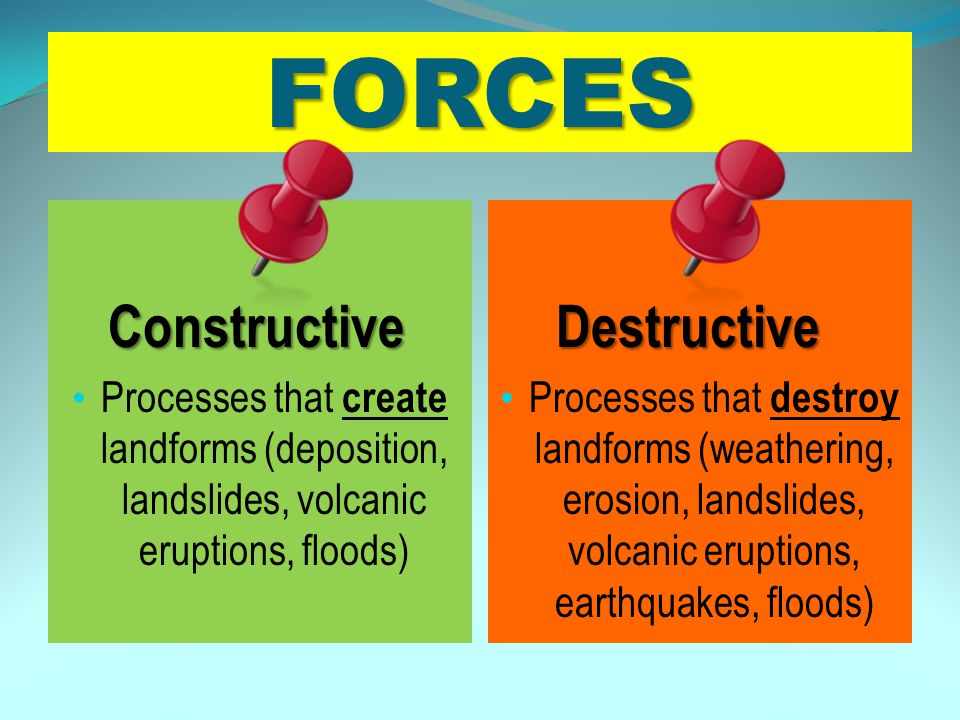
What is a Two examples of constructive processes that shape Earth's surface are volcanic eruptions and deposition of sediment
What is a microorganism?
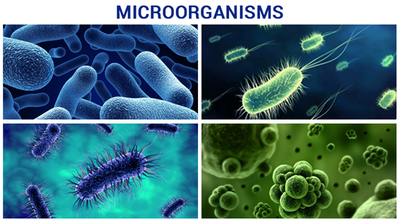
What is a A microorganism is a tiny living organism that can only be seen under a microscope. Examples include bacteria, fungi, protozoa, and viruses.
What is an instinct? What is a learned behavior?
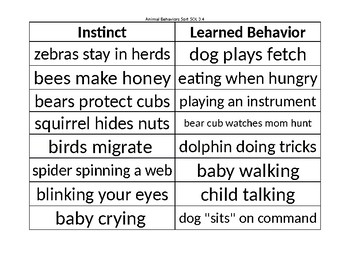
What is a An instinct is a behavior an animal is born with. It happens automatically and doesn’t need to be taught.
Example: A turtle going to the ocean right after hatching.
A learned behavior is something an animal learns by watching, practicing, or being taught.
Example: A dog learning to sit when given a treat.
Compare and contrast mixing sand with water versus mixing salt with water. How do their physical changes differ?
:max_bytes(150000):strip_icc()/separating-salt-and-sand-4055888-Final4-6bbc06f54cb442a1b880085496145068.png)
What is a mixing sand with water results in a visible mixture where sand particles remain as separate entities, whereas mixing salt with water leads to a dissolved salt solution where the salt particles are no longer visible.
How are static electricity and human-harnessed electricity different?

What is a Static electricity arises from a buildup of static charges on objects due to friction or separation, while human-harnessed electricity is produced and controlled by humans through generators and circuits.
How does erosion differ from deposition in shaping Earth's surface?
What is a Erosion primarily carves and reshapes landforms by removing materials, whereas deposition builds up new landforms by adding materials.
Compare beneficial and harmful microorganisms.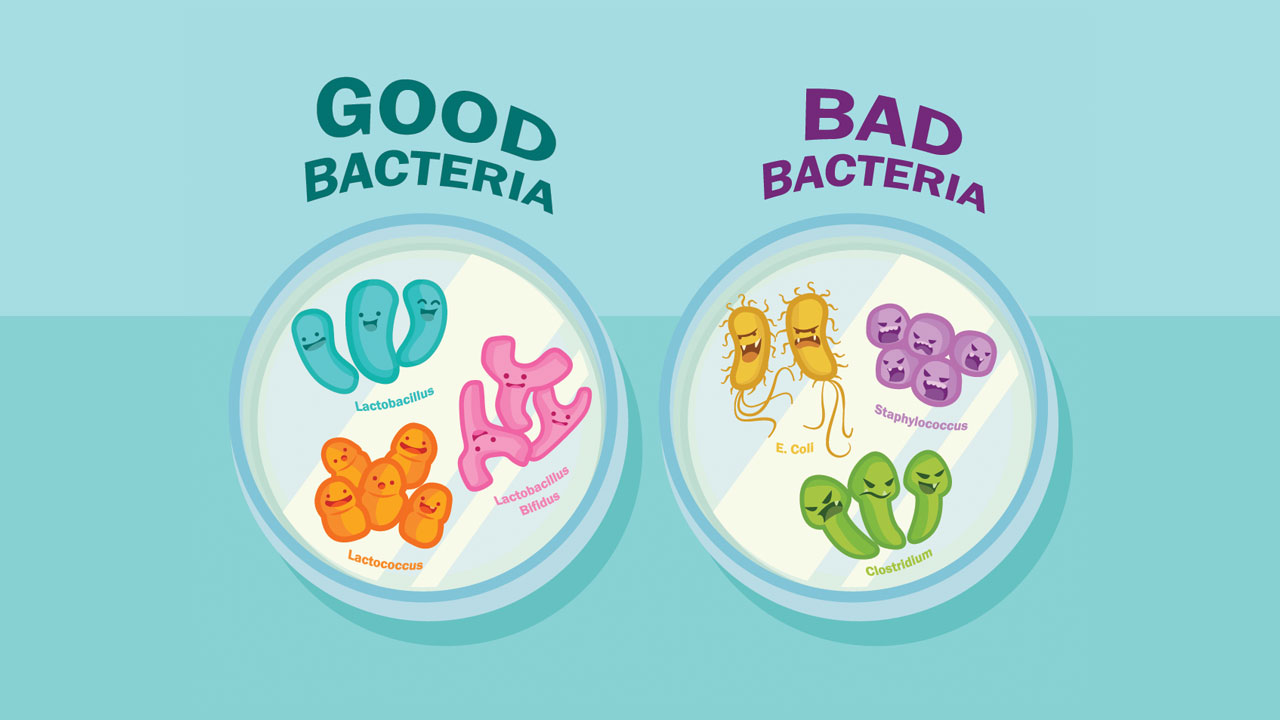
What is a Beneficial microorganisms help with processes like digestion, food production, and decomposition. Harmful microorganisms can cause diseases and spoil food. For example, E. coli can be harmful, while Lactobacillus is beneficial.
What is one way that an instinct is different from a learned behavior? What is one way they are similar?

What is a
Different: Instincts happen without teaching, but learned behaviors require training or experience.
Similar: Both are behavior patterns that help animals survive and adapt to their environment.
Design an experiment to test how temperature affects the rate at which salt dissolves in water. What variables would you control, and how would you measure your results?
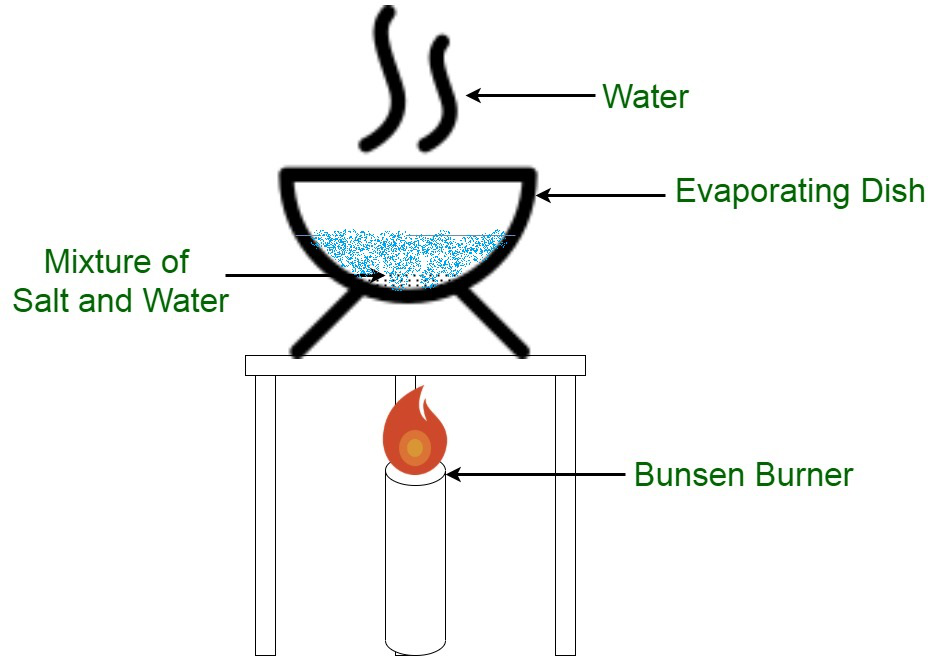
What is a salt amount, water volume, and stirring time, 20°C, 40°C, 60°C Time it takes for a specific amount of salt to dissolve.
How do people use static electricity in real life? How do people use human-harnessed electricity?

What is a used to power devices, appliances, and technologies in homes, businesses, and industries.
Given a specific landform, such as a delta or a sand dune, analyze the processes that contributed to its formation. What evidence supports whether it was created by constructive or destructive forces?

What is a While destructive forces like erosion and wave action can modify these landforms, the initial formation is driven by the constructive process of adding material.
sing at least two pieces of scientific evidence, construct an argument that supports the claim that some microorganisms are beneficial to human health.

What is a Many microorganisms are essential to human health. For example, gut bacteria like Bifidobacterium help digest food and produce vitamins such as B12. Studies show that probiotics can improve digestion and strengthen the immune system. Therefore, not all microorganisms are harmful; some are vital for our well-being.
Why do animals need both instincts and learned behaviors to survive in their environment?
What is a
Animals need instincts to do important things like breathing, hiding from predators, or finding food right after birth. They need learned behaviors to adapt to new environments or situations—for example, a bear learning which areas have the most food.
Develop a step-by-step procedure for separating a mixture containing sand, salt, and iron filings. Justify why you chose each separation method and how it demonstrates physical changes.

- Method: Use a magnet to attract and remove the iron filings from the mixture.
- Justification: Iron filings are magnetic, while sand and salt are not. This difference in magnetic properties allows for easy separation.
- Physical Change: The iron filings are physically separated from the mixture without changing their chemical composition or state.
- 2. Dissolution and Filtration:
- Method: Add water to the remaining sand and salt mixture. Stir to dissolve the salt. Then, filter the mixture using a filter paper or sieve.
- Justification: Salt dissolves in water, while sand does not. This difference in solubility allows for separation through filtration.
- Physical Change: The salt dissolves in water, forming a solution, and the sand is physically separated from the solution. The salt is not chemically altered.
- Method: Add water to the remaining sand and salt mixture. Stir to dissolve the salt. Then, filter the mixture using a filter paper or sieve.
- 3. Evaporation:
- Method: Heat the salt solution until the water evaporates, leaving the salt behind.
- Justification: Water evaporates at a relatively low temperature, separating the dissolved salt.
- Physical Change: The water changes from a liquid to a gas (water vapor), but the salt remains as a solid. No chemical changes occur.
- Method: Heat the salt solution until the water evaporates, leaving the salt behind.
Imagine you are designing a new way to use electricity. Would you use static or human-harnessed electricity? Why?
Support for ESOL Learners: Provide a structured prompt: "I would use ___ electricity because ___. This type of electricity is better for ___."
What is a I would use human-harnessed electricity because it is more reliable and can power machines for a long time. Static electricity cannot provide steady energy, so it would not be good for running appliances.
Construct an argument using scientific evidence to explain how both constructive and destructive processes have interacted to shape a well-known surface feature, such as the Grand Canyon or a volcanic island. How do these processes continue to shape the landscape over time?
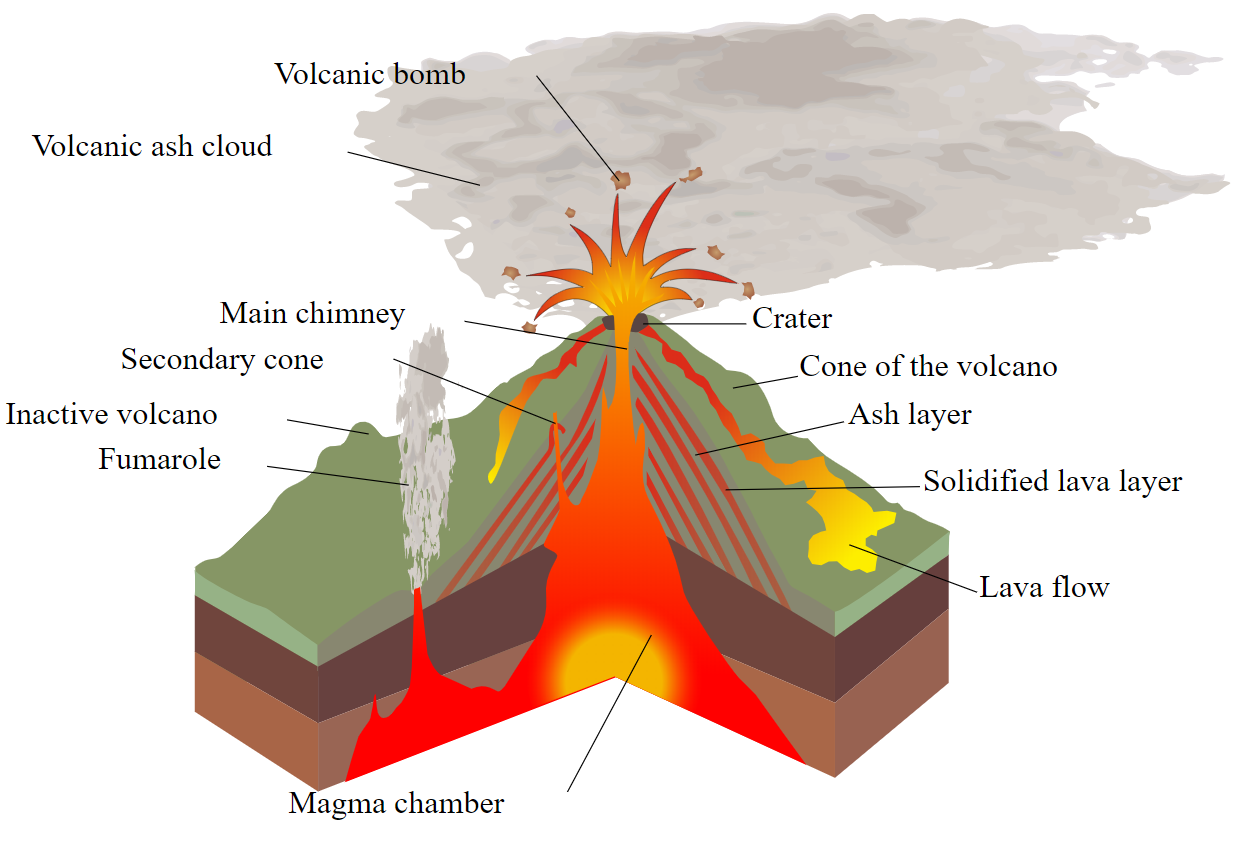
What is a Constructive processes, like uplift and volcanic activity, build up the landscape, while destructive processes, like erosion and weathering, wear it down.
Design an investigation or multimedia presentation that presents an argument, supported by scientific evidence, showing how microorganisms can be used in environmental cleanup efforts.
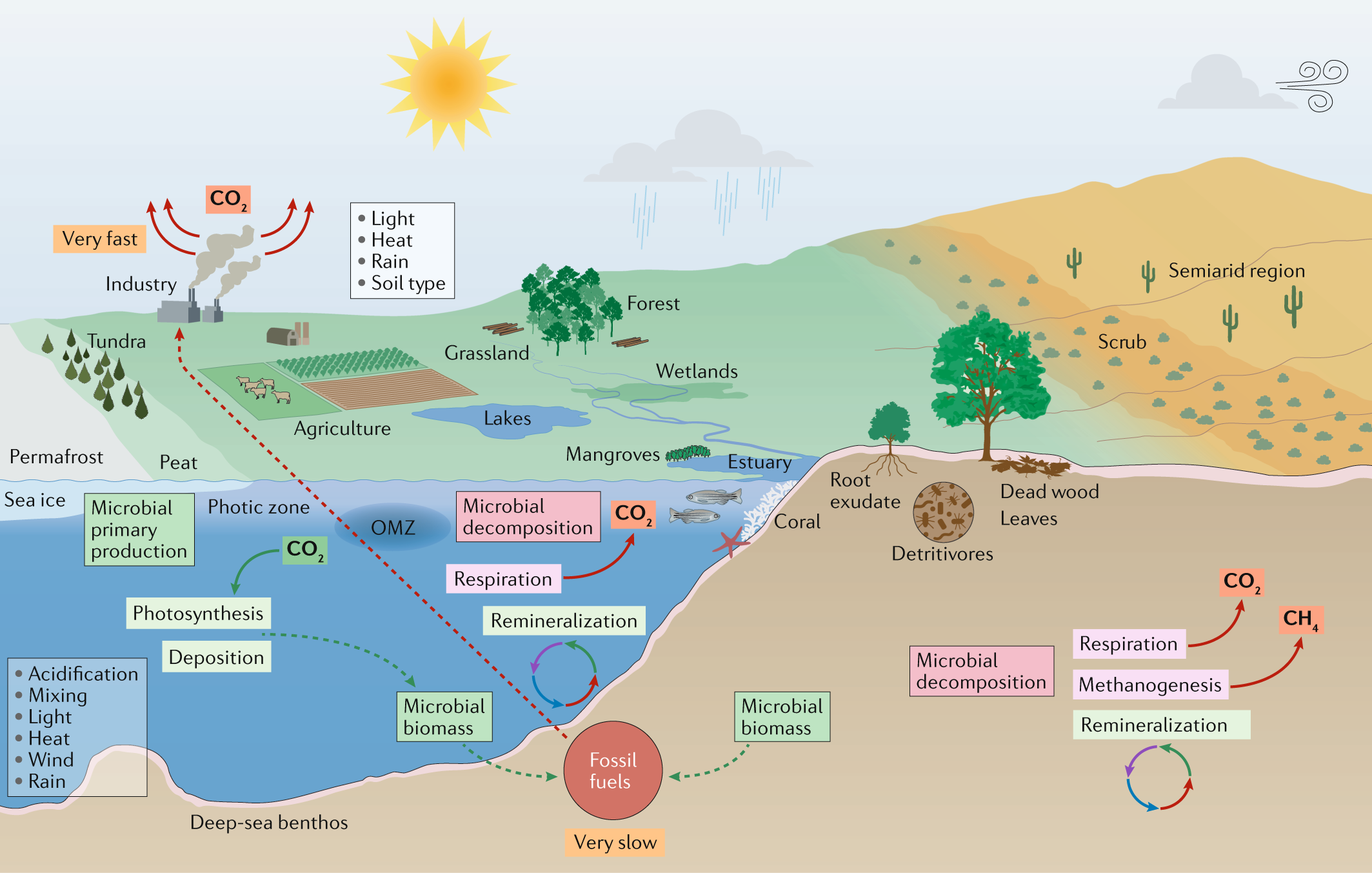
Whats is a [Sample project idea] Students could create a video presentation explaining how certain bacteria, like Pseudomonas putida, are used to break down oil in marine environments. The presentation would include data from case studies (e.g., the Deepwater Horizon spill) and interviews or quotes from environmental scientists, showing how these microbes reduce pollution and support ecosystem recovery.
reate an interview with a zookeeper, wildlife expert, or pet owner. Include at least 3 questions about animal instincts and 3 about learned behaviors. Afterward, explain how the answers help you compare and contrast the two types of behavior.
Instincts
What is a behavior your animal does without being taught?
Are all animals of that species born with the same behavior?
How does that behavior help the animal survive?
Learned Behaviors
What is something you taught your animal to do?
How long did it take the animal to learn it?
What tools or techniques helped with training?
Develop a model to explain how temperature changes affect the motion of water particles in all three states.

What is a Heating water increases its kinetic energy, causing molecules to move faster and further apart, eventually leading to liquid to gas phase change (vaporization). Cooling decreases kinetic energy, slowing molecules down and allowing them to come closer together, eventually leading to liquid to solid phase change (freezing).
Research and analyze how scientists and engineers use principles of static electricity in modern technology, such as photocopiers or air purifiers. Then, evaluate how static electricity could be further utilized for sustainable energy solutions.
What is a tatic electricity is used in technologies like laser printers, electrostatic precipitators, and air purifiers to attract particles. While it is not a practical energy source due to its instability, advancements in capturing and controlling electrostatic charge could contribute to energy-efficient solutions in specific applications, such as self-charging wearable electronics.
Develop a hands-on experiment or simulation to model how a river changes the landscape over time. What variables would you manipulate, and how would you ensure your data accurately reflects real-world processes?

What is a Create a stream table using a sloped tray, sand, and flowing water to simulate river erosion and deposition.
Design an investigation or report analyzing a real-world outbreak (e.g., E. coli, influenza, COVID-19), using scientific data to show how harmful microorganisms spread and affected people

What is a report on the 2011 E. coli outbreak in Europe could describe how contaminated sprouts caused over 4,000 illnesses and 50 deaths. The investigation would include transmission pathways, incubation period, and response efforts. Scientific data such as infection rates, genome sequencing of the bacteria, and containment strategies would support the argument that harmful microorganisms pose a serious threat.
Create a chart that compares the physical traits of a child and their parent(s). Label each trait as inherited or acquired. Then, explain how knowing which traits are inherited helps scientists or doctors learn about health and development.
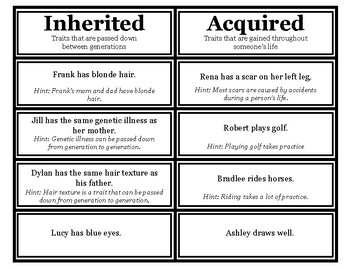
What is a
Trait
Parent
Child
Inherited or Acquired
Eye Color
Brown
Brown
Inherited
Hair Texture
Curly
Curly
Inherited
Tattoo
Yes
No
Acquired
Height
5’10”
4’6”
Inherited (potential)
Scar on knee
Yes
No
Acquired
